Tackling the growing income gap in Taiwan
Veteran journalist Gu Erde looks at the impact of Taiwan's widening income gap, especially on the youth. Is the government doing enough to strengthen the social security network and protect people's livelihoods?
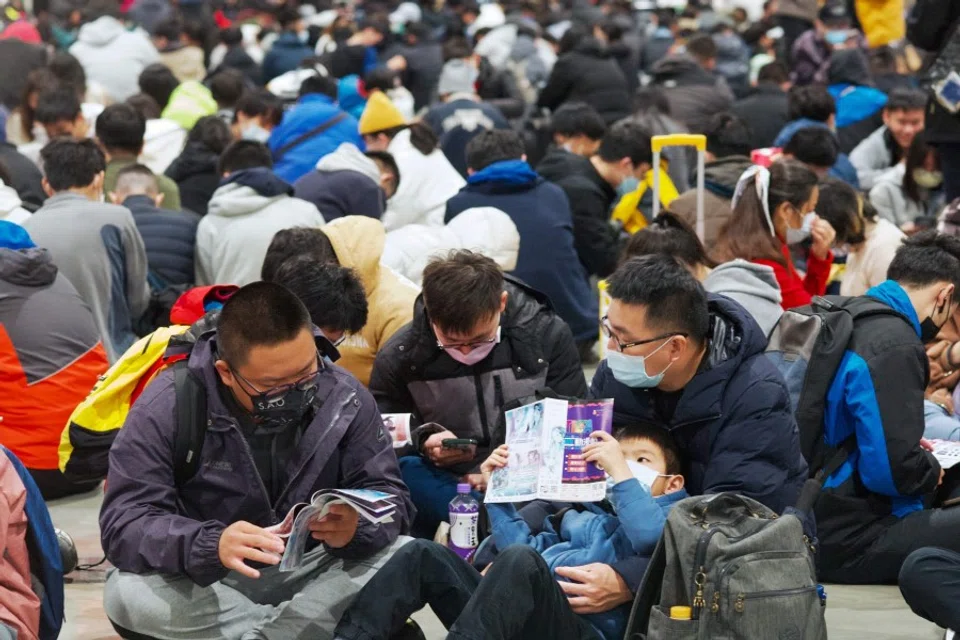
Three years of Covid-19 has battered the global economy, especially in terms of wealth distribution. This is true across the board, from the global to individual level of economies, and from sub-Saharan Africa to Taiwan, one of the Four Asian Tigers.
The World Bank's Poverty and Shared Prosperity 2022 report released at the end of last year stated that the pandemic has triggered the most pronounced setback in the global fight against poverty since 1990. In 2020 alone, the number of people living below the extreme poverty line rose by over 70 million, the largest annual increase since 1990. From 1990 to 2019, extreme poverty fell globally, but this trend was reversed when the pandemic hit. The year 2020 marked a historic turning point when an era of global income convergence gave way to divergence.
"Why has my salary not gone up? Why am I still poor?" - the cry of the Taiwanese
Taiwan's stellar economic result
The poor have been the hardest hit during the pandemic. Average incomes of the bottom 40% in 2020 declined by 4% compared with 2019. In contrast, average incomes of the top 40% only dropped by less than 2%. Thus, global inequality rose for the first time in decades. As of the end 2020, an estimated 719 million people - mostly in sub-Saharan Africa - are living below the extreme poverty line, which has been revised upwards in this report from US$1.90 to US$2.15 a day.
Meanwhile, the Four Asian Tigers have seen different impacts. In terms of economic growth, Singapore and Taiwan were the best performers over the past three years, followed by South Korea, and then Hong Kong. In 2021, amid the pandemic, Taiwan triumphantly increased its GDP per capita to more than US$30,000, which is the most stringent criterion for developed economy status. Singapore was the first among the Four Asian Tigers to meet the standard, while Taiwan is the last.

Taiwan economist Chen Tain-jy noted that since the Second World War, excluding the smaller economies of Singapore and Hong Kong, as well as industrialisation-dependent oil-producing economies, only South Korea and Taiwan have moved from developing to high-income economy status.
... real wages have in fact shrunk for two years in a row.
Over the past two years of the pandemic, the Taiwan government has strongly promoted the island's stellar economic results, including its GDP per capita crossing US$30,000 and having the best economic growth among the Four Asian Tigers in 2021. Even at one point last year, Taiwan's GDP per capita was forecast to overtake Japan (although this was a false impression created by the plunge in the Japanese yen). Furthermore, Taiwan's semiconductor industry has gained global attention amid China-US economic decoupling.
However, even as the Taiwanese people take pride in these developments, they would wonder: "Why has my salary not gone up? Why am I still poor?"
Over 68% of workers earn below-average salary
Over the past three years, Taiwan's income distribution has indeed worsened.
Previously, the income distribution in Taiwan, Singapore and South Korea was quite comparable. In 2021, the Gini coefficients for South Korea, Taiwan and Singapore were above the global average, at 0.31, 0.34 and 0.39 respectively - only Hong Kong had a wider rich-poor gap, with a Gini coefficient of 0.47 in 2016, the latest available figure.
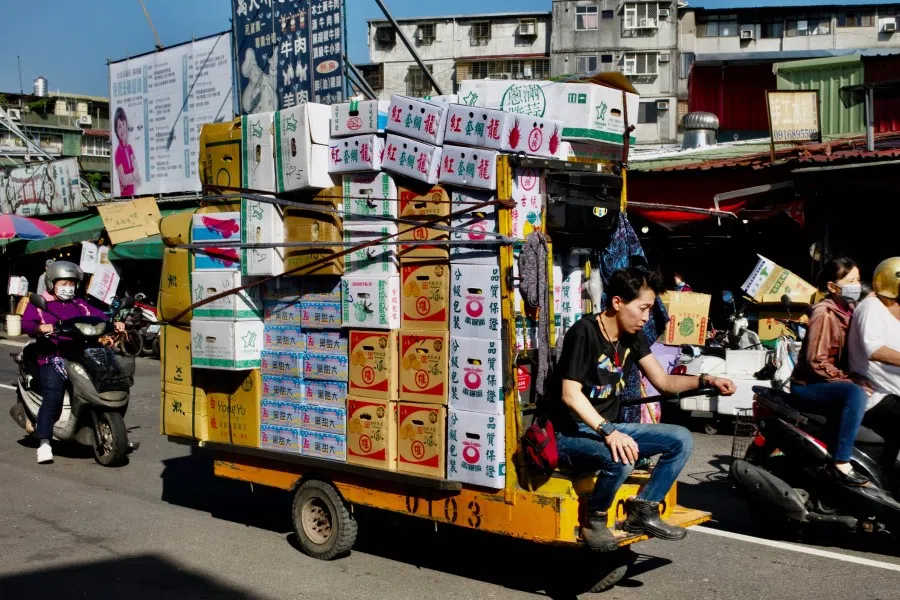
Chu Tzer-Ming, Taiwan Minister of the Directorate General of Budget, Accounting and Statistics, also noted that in 2021, the top 1% of income earners accounted for 10% of national income in Taiwan and Japan; 12% in South Korea; and 14% in Singapore. This is much lower than the 22.7% in the US.
However, the latest statistics sound a warning about income distribution.
With over 50% of employees in Taiwan receiving a monthly wage of less than NT$42,000, an average family household could easily be deemed as living in poverty, especially in high-cost Taipei.
First, although Taiwan raises its basic salary every year, nominal wage growth is eaten away by inflation; hence, real wages have in fact shrunk for two years in a row. In November 2022, the average nominal regular monthly wage went up 2.86% to a 22-year high of NT$44,371 (US$1,484). However, this was no match for an inflation rate of 2.97%. From January to November last year, real regular wages went down by 0.11%. This figure shrank by 0.05% in 2021, the first contraction since 2017.
Second, the authorities announced that Taiwan's median annual income in 2021 grew to NT$506,000 (NT$42,000 per month), about NT$5,000 more than the previous year. However, the average total salary was NT$670,000 (NT$51,000 per month), an increase of NT$20,000 from the previous year.

The ultra-high salaries of a handful of people have brought up the average, which explains why the average is higher than the median. Indeed, the income distribution is widening, as over 68% of wage earners have a salary lower than the average, while more than half have a monthly wage lower than the median of NT$42,000.
Third, Taiwan's GDP distribution in 2021 was as follows: 43.03% to employed persons, 36.53% to operating profits, 15.74% to fixed capital consumption, and 4.7% to net indirect taxes. Evidently, the labour sector received less than half of the economic pie. The labour sector received 50% in the mid-1990s, but this share has subsequently declined. In comparison, capitalists took less than 30% of the economic pie in the early 1990s, but a record 36.5% in 2021.
Skewed definition of poverty
With over 50% of employees in Taiwan receiving a monthly wage of less than NT$42,000, an average family household could easily be deemed as living in poverty, especially in high-cost Taipei.
In Taiwan, the government refers to "poverty-stricken households" as "low-income households" or "lower-middle-income households". Taiwan's poverty rate is measured by the poverty line of 60% of median monthly disposable income per capita. Essentially, a household that has an average income per family member that is lower than the minimum cost of living is considered a low-income household. This year, the minimum monthly living cost in Taipei is NT$19,013. In 2021, this figure stood at NT$18,682 for Taipei and NT$14,230 for the island.
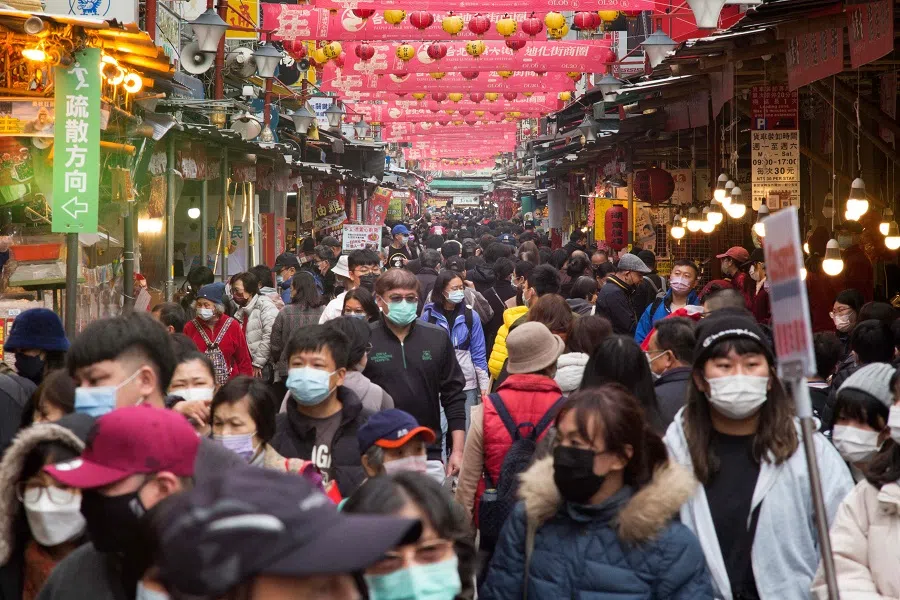
If a family of three earns the median monthly income of NT$42,000, they are essentially a low-income household, since each family member only has NT$14,000. Even if the family of three consists of two working adults each earning a minimum wage of NT$26,400 per month, each family member only has NT$17,604, which is still lower than Taipei's minimum monthly cost of living.
If both working adults in the family of three receives a monthly wage of NT$50,000 each - which is considered a decent salary since it is higher than the median monthly income, while fresh graduates only earn around NT$30,000 a month - and one of them loses their job, this household would immediately slip below the poverty line.
Lower-middle-income households are those with a per capita income of 1.5 times that of the minimum monthly living cost, which translates to NT$28,500 in Taipei. So, if a family of three in Taipei relies on the sole breadwinner's high salary of NT$85,000, they would still be considered a lower-middle-income household.
Taiwan's widening income gap is also related to industry transformation.
Highly restrictive social assistance
Is Taiwan's social assistance programme for the poor reliable? To counter fraud, the island's criteria for financial aid are pretty harsh and even absurd. For example, all residents aged from 16 to 65 are seen as fully able to work unless proven otherwise. When calculating the average household income, unemployed persons are also considered to be receiving a base salary, even when that is not the case. This "phantom" earning pushes up the total household income and could even disqualify a household from receiving financial aid.
The social assistance programme also only applies to a "traditional" household. Total household income includes the income of other direct blood relatives living together or registered under the same household. There is also a cap on the amount of property one can own - if a household in Taipei owns over NT$9.06 million worth of real estate, they become ineligible for financial help.

This restriction is unreasonable because in a city such as Taipei where housing prices are sky high, if a person who is unemployed or has little income sells his only property, his moveable income would exceed the criteria for receiving support and thus becomes ineligible for financial aid. If a job opportunity does not come by, his savings will be slowly eaten away. It is clearly an unreasonable situation whereby poor people are unable to receive support because of the property they own.
In 2021, 1.3% (about 300,000 people) of the Taiwanese population fell below the poverty line, far below Korea's 16.7% and Japan's 15.7% - perhaps only mainland China, which claims to have eliminated extreme poverty, has a lower number than Taiwan.
On the other hand, enjoying the small blessings and happiness in life is the general mantra of Taiwanese youths, who are content with hanging out at cafes...
Anti-Poverty Alliance representative Chien Hsi-chieh questioned the veracity of the figure. If calculated against Japan's poverty rate, at least 3.5 million people in Taiwan would be living in poverty. In other words, about 3 million poor people are excluded from the population below the poverty line, including those who cannot afford to pay universal health insurance premiums and national pensions; temporary staff; and even families that cannot afford nutritious school lunches for their children.
'Small blessings' just an illusion?
The European Union has the laxest measurement of poverty. Its deprivation indicators include the inability for the household to afford one week of annual holiday away from home; afford a meal with meat, chicken, fish or vegetarian equivalent every second day; avoid arrears (in mortgage rent, utility bills and/or hire purchase instalments); afford keeping their home adequately warm; face unexpected expenses; and afford a washing machine, car/van, colour television and telephone. As long as a household is confronted with at least three of the above-mentioned deprivations, they would be deemed as poor. In contrast, Taiwan's criteria are focused on preventing fraud, casting the disadvantaged and underprivileged outside of the social safety net.
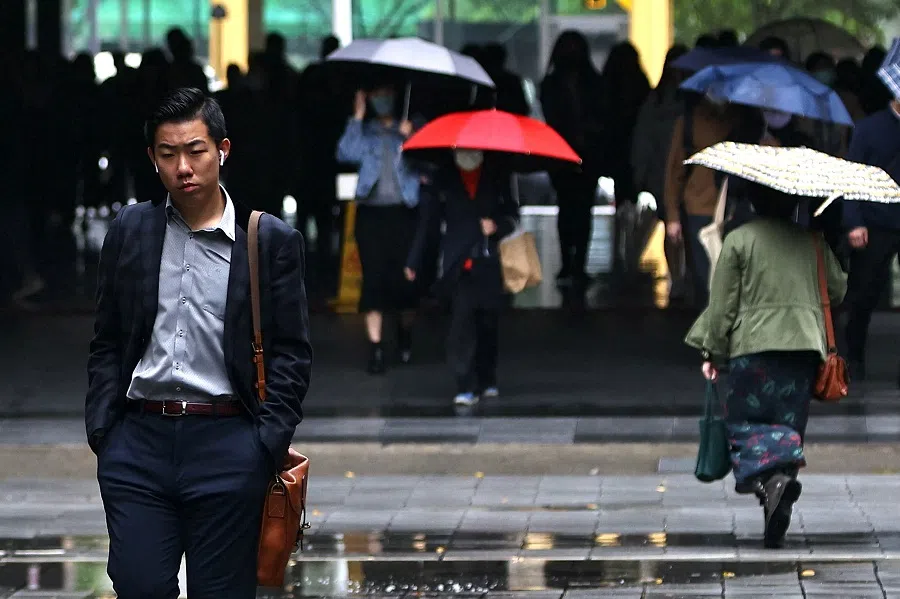
Taiwan's widening income gap is also related to industry transformation. Economic growth is largely driven by capital, and the much lauded high-tech industry is extremely automated. This means that the industry has a low demand for ordinary workers and only seeks highly paid engineers. The pandemic has dealt a big blow to the tertiary sector, with low- and mid-level employees in tourism and catering bearing the brunt. Several small businesses also collapsed, worsening the income distribution.
However, the Taiwanese are not quite feeling the pinch of the widening income gap. On the one hand, in contrast to other economies, Taiwan has a relatively higher purchasing power parity (PPP). This means that the Taiwanese people are able to enjoy better material conditions in Taiwan compared with their peers with the same level of income but in places with lower PPP.
On the other hand, enjoying the small blessings and happiness in life is the general mantra of Taiwanese youths, who are content with hanging out at cafes, having a nice meal and going on a short getaway. If they are not saving for a house, they can easily enjoy the small blessings in life with a salary of NT$42,000, and this even creates the illusion that they belong to the middle class. But little do they know that they could fall into the depths of poverty in a moment's carelessness.
This article was first published in Lianhe Zaobao as "疫情恶化下的台湾穷人".
Related: Growing old alone: Elderly poor want better housing, better care in Taiwan | Pandemic could stymie China's poverty alleviation and rural revitalisation efforts | A Singaporean in China: Contact tracing lays bare the lives of ordinary Chinese | US academic: Equality is a myth, whether in the US or China


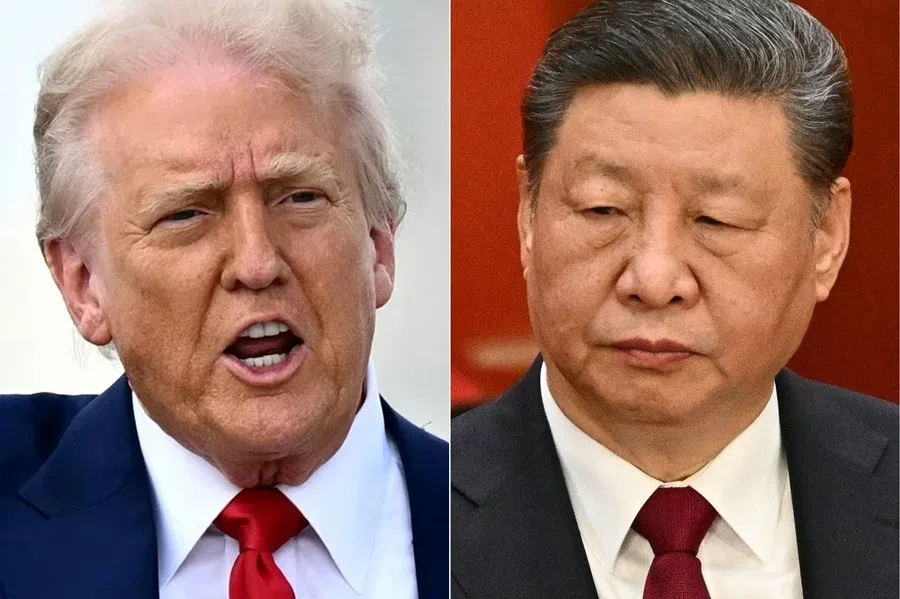

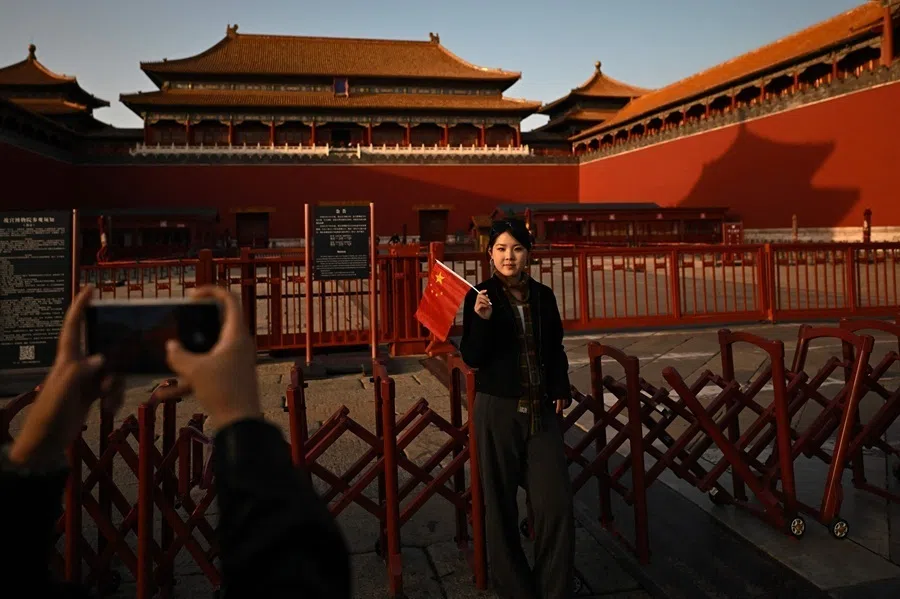
![[Vox pop] Chinese parenting: Tough love or just tough?](https://cassette.sphdigital.com.sg/image/thinkchina/b95bd53631df26290df995775a40e36709bf8dc8e3759460276abd5c426b20b6)